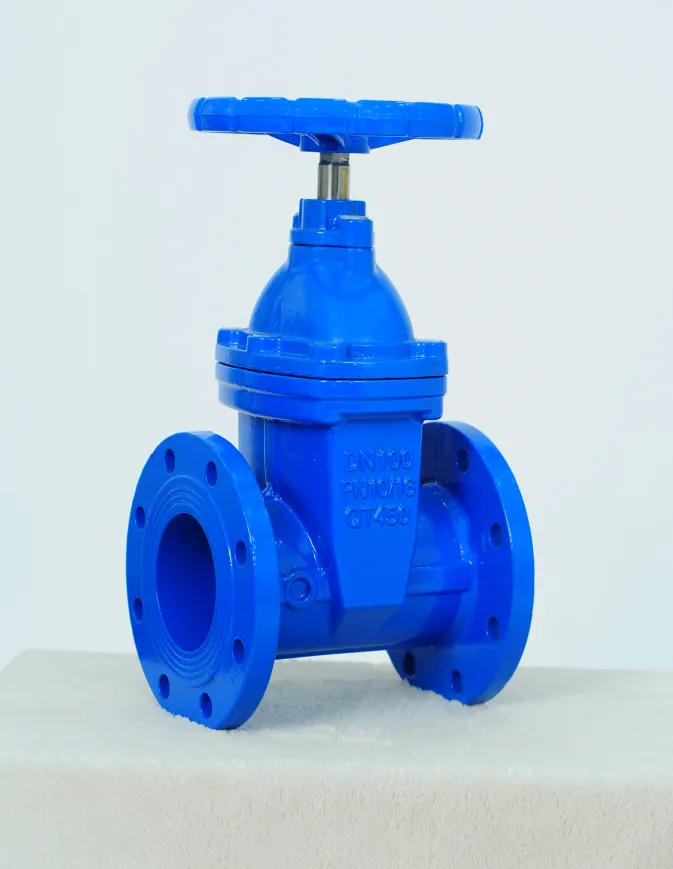stainless steel electric ball valve
Understanding Stainless Steel Electric Ball Valves
Stainless steel electric ball valves are essential components within various industrial applications, providing precise flow control and enhanced durability. These valves utilize a ball mechanism that rotates within the valve body to allow or restrict the flow of fluids. With the growing demand for automation in industries such as oil and gas, water treatment, and chemical processing, the importance of an efficient and reliable valve system cannot be overstated.
One of the standout features of stainless steel electric ball valves is their construction material. Stainless steel, known for its resistance to corrosion and high temperatures, makes these valves particularly suitable for harsh operating environments. This level of durability ensures that the valves maintain their functionality over time, reducing the need for replacements and ongoing maintenance, which can lead to cost savings for businesses.
The electric actuator integrated into the ball valve allows for remote operation and precise control of fluid flow. These actuators can be powered by AC or DC electricity, making them adaptable to various power setups. Depending on the requirements, electric actuators can be configured to provide on/off control or modulating functions, allowing operators to manage flow rates with remarkable accuracy. This capability is crucial in applications where precise flow measurement is necessary to ensure safety and efficiency.
stainless steel electric ball valve

Moreover, the design of electric ball valves supports rapid operation. Typically, these valves can fully open or close within seconds, offering quick responses that are essential in processes requiring immediate action to prevent downtime or accidents. This rapid operational capability, combined with the reliability of stainless steel construction, makes these valves an ideal choice for critical applications.
Installation and integration of stainless steel electric ball valves into existing systems is straightforward. Many models come equipped with standardized fittings and interfaces, ensuring compatibility with existing piping systems. Additionally, the use of electric actuators means that operators can easily incorporate control systems, such as PLCs (Programmable Logic Controllers), enhancing automation levels in the process.
Safety is another crucial consideration in the design of these valves. Many stainless steel electric ball valves include features such as fail-safe modes and manual overrides. In the event of a power failure or system malfunction, these features enable continued operation or safe isolation of the system, minimizing risks of leaks or accidents.
In summary, stainless steel electric ball valves represent a sophisticated solution for fluid control in various industries. Their robust construction, rapid operational capabilities, and integration of electric actuation technology provide superior efficiency and reliability. As industries continue to evolve toward more automated and safer processes, the demand for these high-quality valves is expected to grow. For anyone involved in system design or maintenance, understanding the benefits and applications of stainless steel electric ball valves is essential for optimizing workflow and enhancing safety measures. Whether in a simple piping system or a complex industrial setup, these valves play a pivotal role in ensuring efficient operation.
-
The Key to Fluid Control: Exploring the Advantages of Ball Valves in Industrial SystemsNewsJul.09,2025
-
The Versatile World of 1, 2, and 3 Piece Ball ValvesNewsJul.09,2025
-
Stainless Steel Ball Valves: The Ideal Choice for Efficient Flow ControlNewsJul.09,2025
-
Optimizing Fluid Control with Ball Float ValvesNewsJul.09,2025
-
Manual Gate Valves: Essential for Control and EfficiencyNewsJul.09,2025
-
Everything You Need to Know About Butterfly ValvesNewsJul.09,2025
-
The Versatility of Wafer Type Butterfly ValvesNewsJul.08,2025




